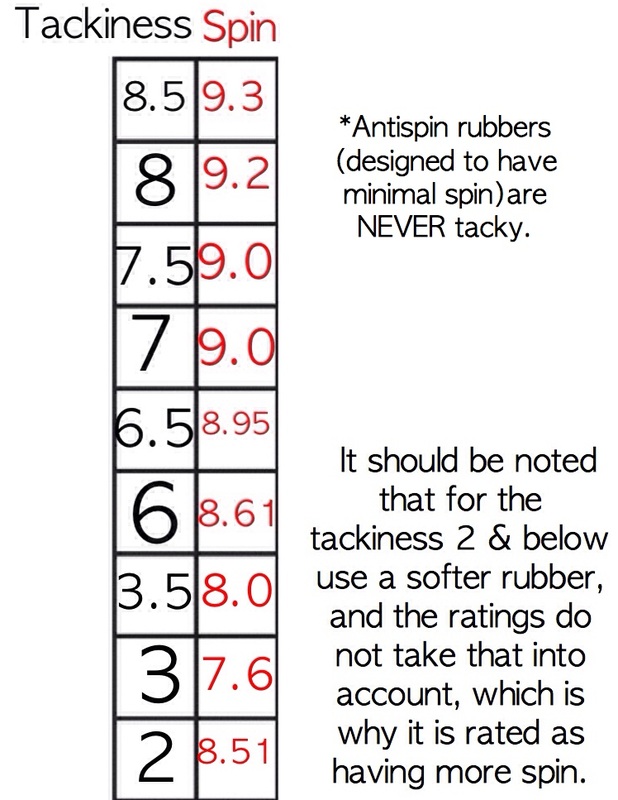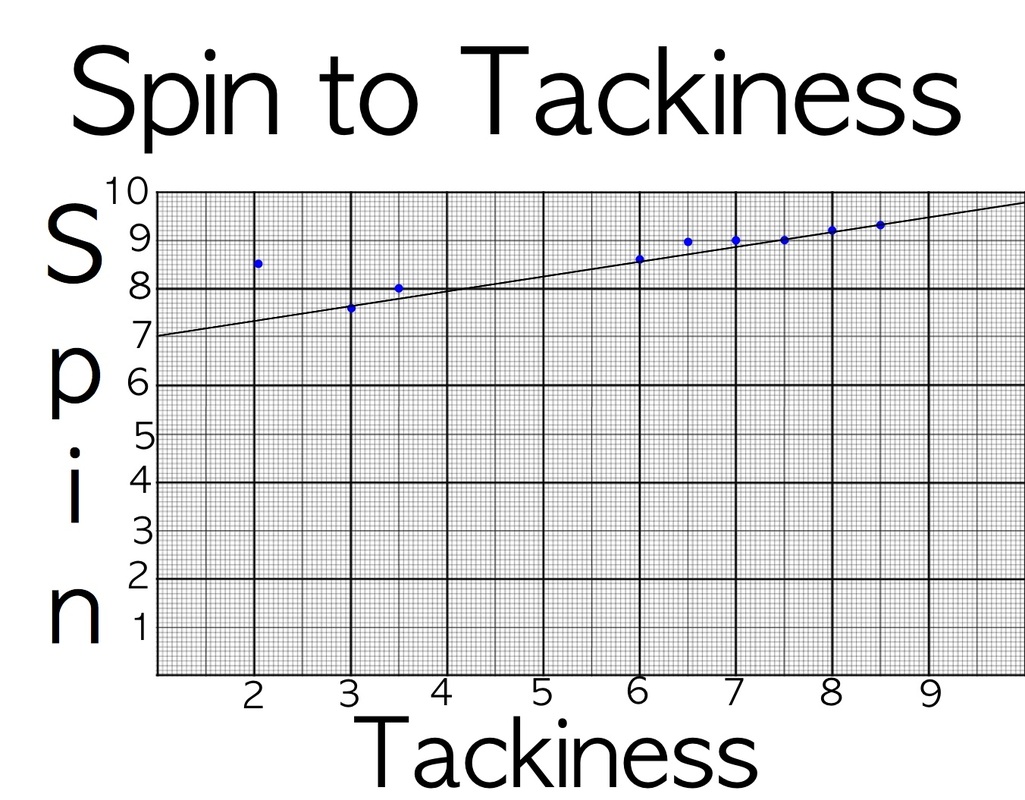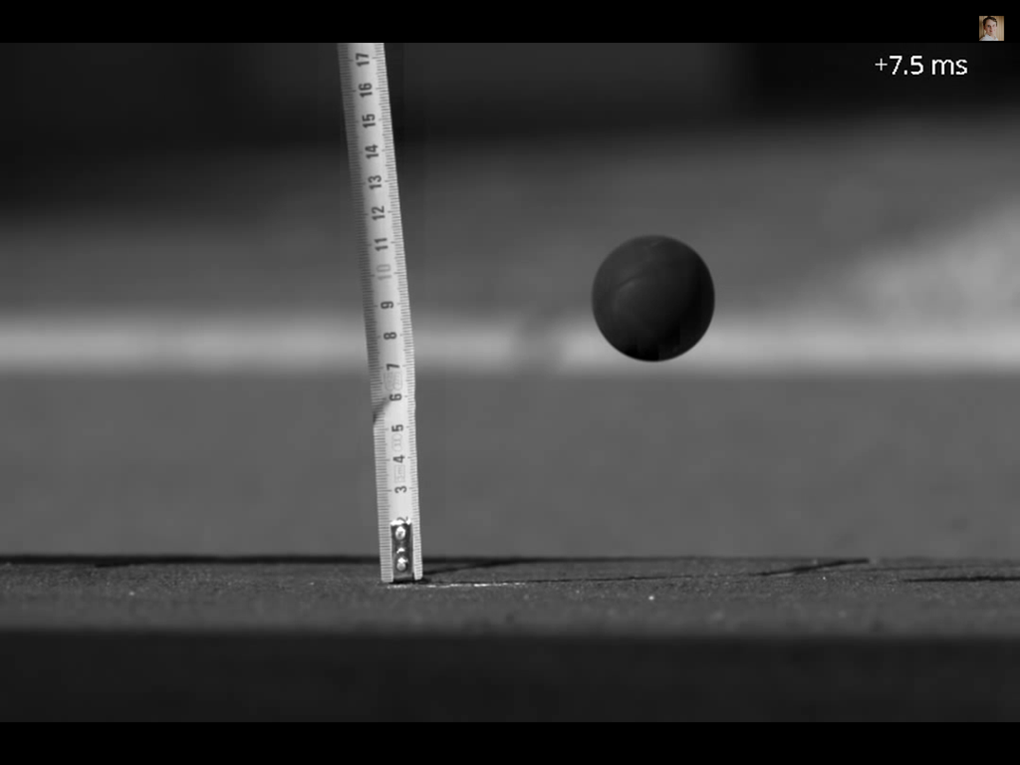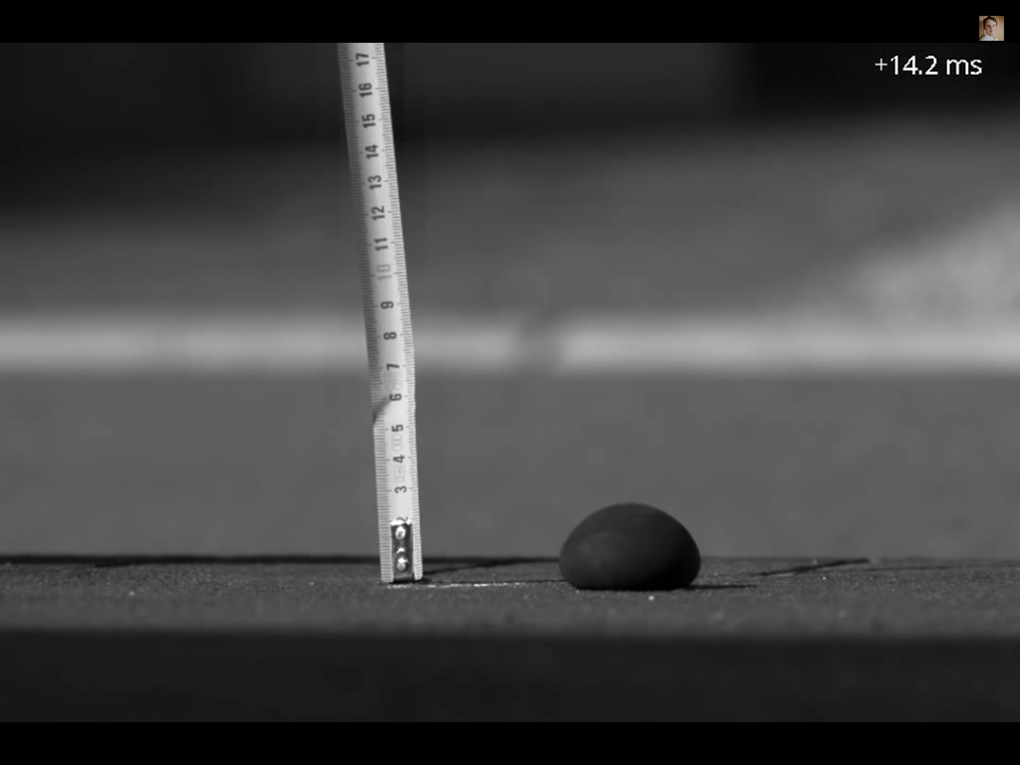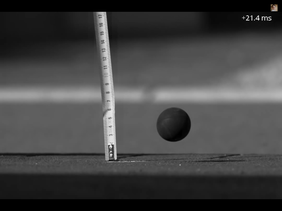|
Hardness of the rubber affects the time the ball is in contact with the rubber.
The softer the rubber, the more time and area the ball is in contact with the rubber. The harder, the less. This affects the spin because the more time and contact the rubber has, as it 'wraps' around the ball. So, a softer rubber creates more spin. Some people disagree with this, although it is the case with the vast majority of rubbers. |
The spin, however can be greatly affected by this.
Typically, Chinese rubbers are tacky enough to press the ball gently against the table, and lift the ball up on the bottom of the racket. As the Chinese are by far the heaviest spinners, the spin must be good. It is harder to slide a ball over a tacky rubber, so it grips the ball more. If the ball slips, less spin is generated. If the ball is gripped, more spin will be generated. |
Although this doesn't really affect the speed, smoothness of the rubber affects the spin.
This is because of friction. As everyone should know, sandpaper is rough. If you rub sandpaper on sandpaper, they catch on each other. The protrusions run into each other and struggle to pass. All objects do this to some extent, even microscopic bumps cause friction. If a rubber 'catches' on the ball, the ball will not slide across the rubber, and will be turned quicker, causing more spin. |

